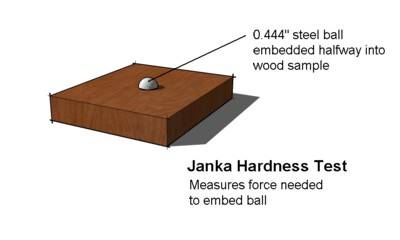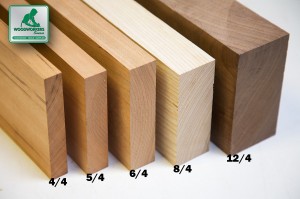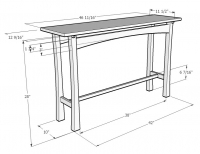
Black Limba Hardwood Sample (1/2"x3"x6")
SKU: samples-limba$9.00 ea.
48 U.S. Ground Service
Why Choose Black Limba?
Lumber is separated for color and sold as white (without black streaks) or black (with black streaks). The wood is relatively soft and easy to work. Medium coarse texture. Open pores require filling for a smooth surface.
Get your hands on a wood you've never tried before! It's simple. Samples are milled on all sides to the standard size of 1/2'' X 3'' X 6'', as determined by The International Wood Collectors Society, and include the shipping cost within the 48 U.S. Each one is labeled with the botanical and common names. Use these to test finishes and stains, to compare color and grain characteristics, etc.
| Thickness | 1/2" (≈ 1/2" approx) |
| Width | 3" |
| Length | 6" |
| Grade | Samples are milled on all sides, cut square and sanded; wood is a product of nature with inconsistencies from piece to piece. Use species samples as a guide, not a perfect representation. |
Woodworkers Also Recommend These
2.83
lbs /Bd. Ft.Wood Texture
Ease of Finishing
Pale yellow to light brown with black streaks.
Reaches 150 feet at maturity with trunk diameter up to 96". Boles are straight and clear to about 90 feet.
Black Limba, Afara, Ofram, Akom, Korina, White Limba
Musical instruments, furniture, cabinets, interiors.
Excellent Black Limba sample
Limba Black Sample
Limba Black Review
The Joys of Building with Great Woods
Understanding hardwood lumber starts right here with these wacky fractions.
If you're expecting perfect clear lumber 100% of the time, you're in for a surprise. Here's a summary of the hardwood lumber grades and what to expect from them.
Board feet isn't your everyday kind of math, but these three simple steps make it easy to figure out your project.
Here's a handy (and free) Excel worksheet that helps you estimate the lumber needs for your project.
Are woods poisonous? Hazardous to use in cutting boards or baby cribs? Find out here.
Wood is like a sponge, and it's always in a state of absorbing or releasing moisture to stay equalized with its environment. The problem with that is it also swells and shrinks. Here's what you need to know to protect your project.















